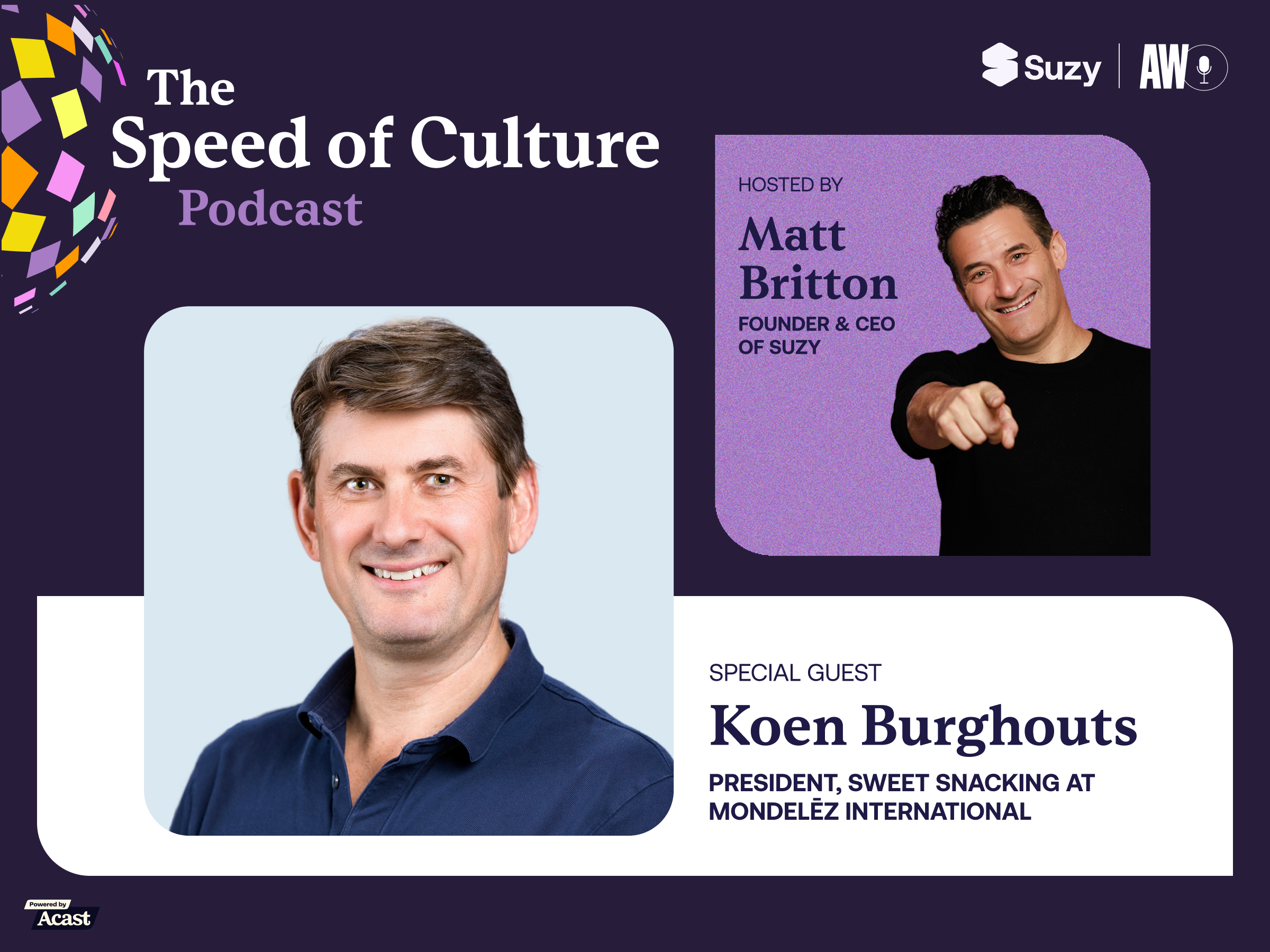In 2020, Statista reported that emerging countries are increasingly taking up more global purchasing power, even outpacing traditionally developed countries. China already outranks the United States, and India is set to join them by 2060. Indonesia, Turkey, and Brazil are moving up the ranks too. With so much purchasing power on the table, brands that want to compete in international markets need to understand global audiences. That’s where global market research comes in.
What is global market research?
Market research helps companies:
- Test products in new markets prior to launch
- Learn about the competitive landscape
- Understand consumer sentiments and habits
- Factor in cultural nuances
Creating a consistent consumer feedback loop to gather this information is key for successful and impactful product launches and marketing. When a brand takes those steps to other countries, that’s global market research. With the insights from their global research, companies can understand differences in sentiments and habits of an audience across markets and create custom creative assets that are culturally relevant in international markets.
The challenges of global research
While market research can be a challenging field, taking it international offers even bigger challenges. Two of the primary barriers to global market research are closely related: language and culture. Getting these two factors right is vital for getting high-quality responses from respondents.
The language barrier
Language is one of the major pitfalls for brands that want to do international market research. Getting good translations is essential for reaching non-English speaking populations. While there are web-based translation services out there, like Google Translate, it’s unwise to rely on them for all of your translation needs. Since these services use a database of translations, the context is often lost.
Even between US, UK, Australian, and Canadian English dialects, words aren’t always spelled and don’t always mean the same thing. That’s just in one language. It can be even more challenging when brands want to target a global market that speaks a different language. Take, for example, the words we use in English that can’t be translated into other languages and vice versa.
The cultural barrier
Going beyond the meanings of words, different countries have different ways of doing things. Cultural values play a big role. Understanding gestures, customs, and family values is not only necessary but can also be hugely detrimental to a brand when missed. What can be perfectly acceptable in one culture can be offensive in another.
Best practices for running global market research
For effective international market research, it’s best to follow some best practices to get the most out of your surveys.
1. Do your research prior to the survey.
Spend some time researching the country you’re looking to launch your survey in. Are there any customs to think about? What are some of the social factors that could influence the outcomes of your survey?
2. Timing is everything
When launching your survey, think about the time and day. Take into consideration the time difference and the holidays that might be taking place in the country where you launch your survey.
3. Write and finalize your questions in English first.
It’s hard to update a survey if it’s already translated. Avoid this by finalizing your survey questions first. Be sure to double-check everything, including testing your survey, before moving on to translations.
4. Build translation time into your project plan.
Translation may take longer than you expect, depending on your vendor and the complexity of your survey. It usually takes up to three days. Be sure to only send your finalized survey questions for translations to make sure you have up-to-date questions and can easily upload and launch your survey. After your survey, your results will need to be translated back into English.
5. Use profiling attributes to find the right respondents
You can use profiling attributes as a pre-screener. On a platform like Suzy, you can target global audiences based on demographics, household income, education level, and grocery shopping to help you reach your target audience without the use of qualifier questions. Using profiling attributes can help improve your incidence rate so you get the highest quality data possible.
6. Double-check and triple-check your surveys
To avoid any confusion and get the insights you need, check to ensure the translation has lined up correctly before you launch. If you’ve used any logic within your survey, be sure to test that out too. Run through this several times to make sure everything is set up correctly.
7. Be strategic with open-ended questions
As a market research cloud, we know how important quantitative research is, especially for cultural insights. Keep in mind that if you ask open-ended questions in your survey, you will also need to get those insights translated and be sure to bake that into your timeline too.
The future of global market research
In the past, global insights were often siloed from US research. It was often costly, slow, and inefficient too.
Enter Suzy Global Audiences.
Suzy offers US and global insights all on one integrated platform. With simple, intuitive project, transparent pricing, and quick turnaround, we’re simplifying global market research so you can be confident in your global strategy.
With Suzy Global Audiences, enterprise brands can enjoy:
Seamless in-platform experience for efficient survey set up with audiences around the globe
- High-quality responses collected at scale
- Ability to easily go from set up to launch in English and non-English markets for localized surveys
- Easy exports in PPT and excel with the ability to append profiling data for stronger and quicker analysis
.webp)







